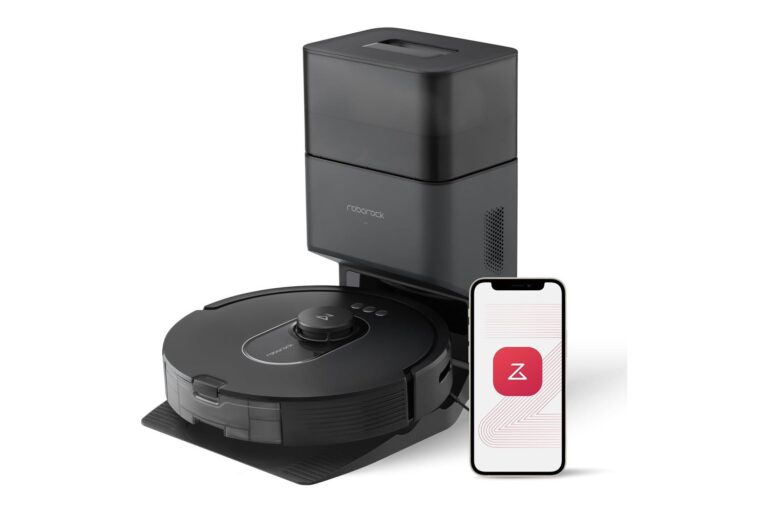What you need to know about seizing cat food after a pet dies of bird flu in Oregon
A pet cat in Oregon died of bird flu after eating raw cat food that tested positive for H5N1. It is the latest worrying development in the ongoing spread of bird flu among animals and humans this year.
Oregon Department of Agriculture (ODA) announced the death of the cat thursday. Death occurs after a bird flu outbreak at the Washington Feral Cat Advocacy Center this month. The outbreak killed 20 big cats, including African servals, bobcats and cougars.
According to ODA officials, the pet cat tested positive for the H5N1 strain of highly pathogenic avian influenza, or HPAI, which is genetically identical to viruses found in samples of raw and frozen pet food sold by Northwest Naturals. Although there have been no human cases linked to the pet food to date, the company has issued a voluntary recall of its affected products.
“We are confident that this cat contracted H5N1 by eating Northwest Naturals raw and frozen pet food,” ODA State Veterinarian Ryan Scholtz said in a dept. statement. “This cat was strictly an indoor cat; had not been exposed to the virus in the environment, and the genome sequencing results confirmed that the virus recovered from the raw pet food and the infected cat were an exact match.”
Northwest Naturals has issued a voluntary recall of its brand Northwest Naturals 2lb Feline Turkey Recipe raw and frozen pet food. The company is specifically recalling its 2-pound plastic bags with “Best If Used By” dates of 5/21/26 B10 and 6/23/2026 B1. Products are sold nationwide in the US
H5N1 bird flu has become a major public health concern recently, thanks to ongoing outbreaks in wild birds and poultry, as well as the emergence of H5N1 and other bird flu strains in dairy cows and other mammals this year.
Considered by beginning of DecemberOutbreaks of H5N1 among dairy cows have occurred in 16 states this year. There have been more than 60 human cases of H5N1 in the US documented in 2024, most related to contact with infected cows or poultry. Cats are also caught in the crossfire. This year there have been several outbreaks of bird flu among both domestic cats and wild big cats in zoos and animal sanctuaries, in USA and elsewhere.
Cases of H5N1 in domestic cats have largely been traced back to cats drinking contaminated unpasteurized or raw milk, or while living on dairy farms or from drinking commercially sold products. Many studies show that raw milk can be viable route of transmission for the spread of bird flu among humans. There was other recent cases of H5N1 in cats traced to improperly sterilized raw food, although this appears to be the first such case found in the U.S.
On the plus side, there have been no other cases of H5N1 linked to the Oregon cat or pet food (one human case of H5N1 was reported in the state this year, although it was not linked to dairy cows or milk). On December 11, the Oregon Department of Agriculture announced it would test milk from every commercial dairy in the state as a precaution against the spread of bird flu; that decision came after hundreds of confirmed cases of bird flu in 16 states, including dairy herds in Idaho, Nevada and California.
Although human cases of H5N1 this year have been largely mild so far (although no everyone), some research suggests that H5N1 is particularly dangerous to cats. And the longer these viruses are allowed to circulate among cows, cats, humans and other mammals, the greater the risk that a nightmarish, pandemic-ready strain will eventually emerge—one that can spread rapidly between humans and cause widespread disease and death.
H5N1 isn’t the only potential danger that could come from eating raw pet food, Oregon health officials note. These products also have a higher risk of containing other nasty germs, such as Salmonella, listeriaand E. coli bacteria.








